X
Electric hoists represent their own machinery, strength, and toughness, while the stage is elegant, flowing, and soft, with conflicts and collisions between the two.
Stage lifting slings are crucial tools for lifting and transporting stage equipment. Usually made of high - strength synthetic fibers, they are lightweight and highly flexible, facilitating arrangemen
Category : Sling Series
Get a Quote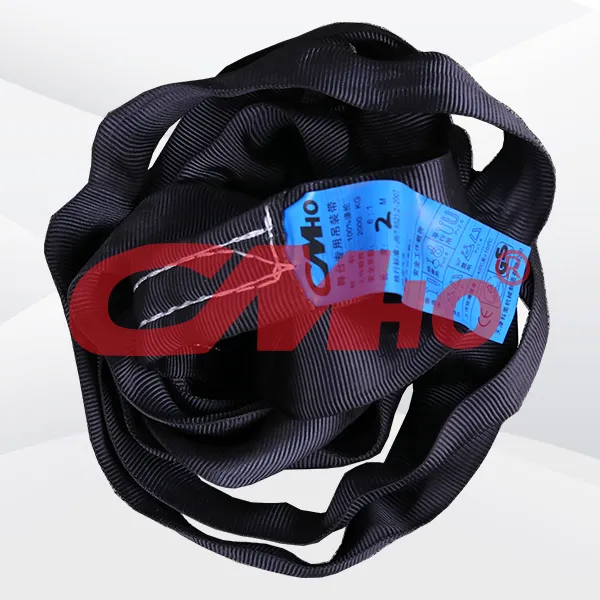
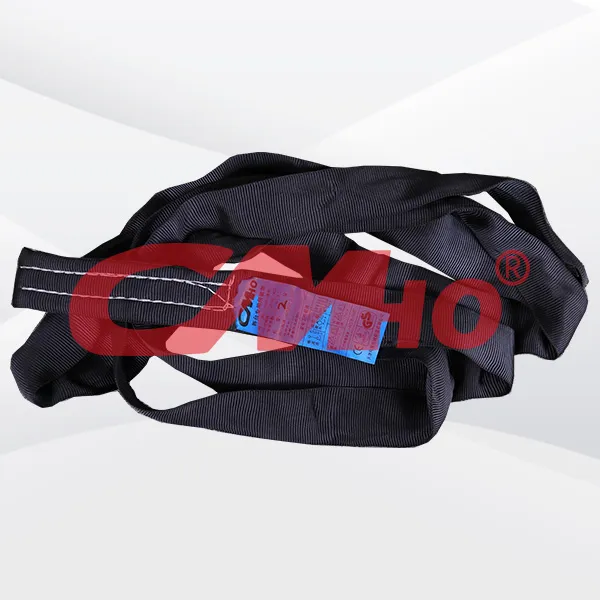



Product Details
The daily maintenance of stage lifting slings is crucial for ensuring their performance and service life. The following are some maintenance tips: Before Use - Appearance Inspection: Before each use, carefully examine the overall appearance of the lifting sling to check for any cuts, abrasions, tears, deformations, or fading. Pay special attention to the edges and seams, as these areas are more prone to damage. If any signs of damage are found, stop using it immediately and replace it with a new one. - Surface Cleaning: Wipe the surface of the lifting sling with a clean soft cloth to remove dust, dirt, and other debris. This prevents these impurities from causing further wear to the sling during the lifting process or affecting its connection with the lifting equipment. During Use - Proper Lifting: Conduct the lifting operation strictly in accordance with the rated load and usage instructions of the lifting sling. Do not overload it. At the same time, ensure that the contact part between the lifting sling and the object being lifted is reasonable to avoid the sling being cut by sharp corners. If the object being lifted has sharp edges, use protective pads or sheaths to protect the lifting sling. - Avoid Twisting and Knotting: Keep the lifting sling stretched during use and avoid twisting or knotting. A twisted or knotted lifting sling will cause local stress concentration when under force, reducing the overall strength of the sling and increasing the risk of breakage. - Control Lifting Speed: The lifting and lowering processes should be carried out smoothly. Avoid rapid lifting, sudden braking, or violent shaking to reduce the impact force borne by the lifting sling and prevent damage to the sling. After Use - Timely Cleaning:After use, clean the lifting sling as soon as possible. If the sling gets dirty, wash it with a neutral detergent and warm water, and then rinse it thoroughly with clean water. Avoid using detergents containing bleach or strong acids and alkalis, as they may damage the material of the lifting sling. - Thorough Drying: After cleaning, the lifting sling should be thoroughly dried. Hang it in a well - ventilated and dry place to air - dry naturally. Avoid direct sunlight or high - temperature baking, as ultraviolet rays and high temperatures may age and embrittle the material of the lifting sling, reducing its performance. - Proper Storage: After drying, neatly roll or fold the lifting sling and store it in a clean, dry, and ventilated place, away from heat sources, fire sources, and chemicals. It is best to use a special rack or hook for storage to avoid the lifting sling coming into contact with the ground, preventing it from getting damp, moldy, or being crushed and damaged by other items.
- Regular Inspection: Even if the lifting sling appears to be in good condition after use, it should be inspected comprehensively on a regular basis. The inspection period is generally 3 to 6 months, which can be determined according to factors such as usage frequency and environment. The inspection content includes the strength, elongation, and appearance damage of the lifting sling to ensure that its performance is always in good condition.
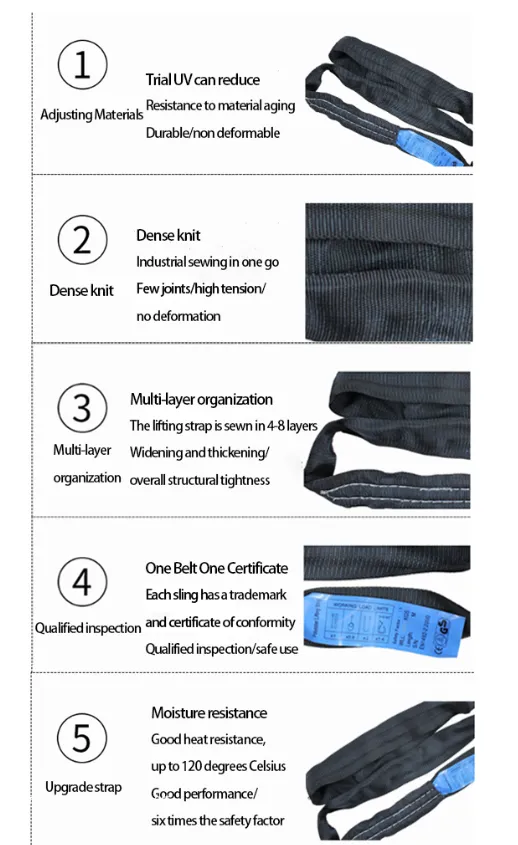
Previous: Factory Supplier Round Sling
Next : 2 Tons Black Round Sling
RELATED PRODUCTS .


Small stage electric hoists demonstrate unique advantages in space constraints, cost control, and scene adaptation through their characteristics of "small size, low energy consumption, and easy o...


In the wholesale model of stage electric hoists, the larger the purchase quantity, the more significant the unit price discount provided by the factory, which reduces the procurement cost per device.


Lightweight stage electric hoists cover the full range of scenarios from professional performances to emergency applications through three major advantages: "weight reduction - efficiency improve...


Aluminum stage electric hoists offer comprehensive advantages over steel products in stage scenarios, especially suitable for professional performance venues with high requirements for weight, aesthet
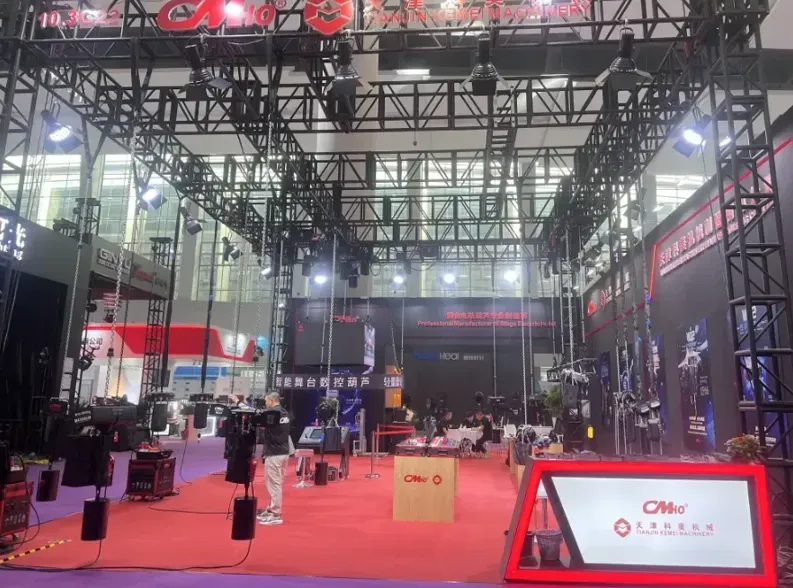
2025-05-27
创始人
0
Guangzhou International Professional Lighting and ...
We look forward to meeting you at the exhibition site and jointly drawing a new blueprint for industry development!
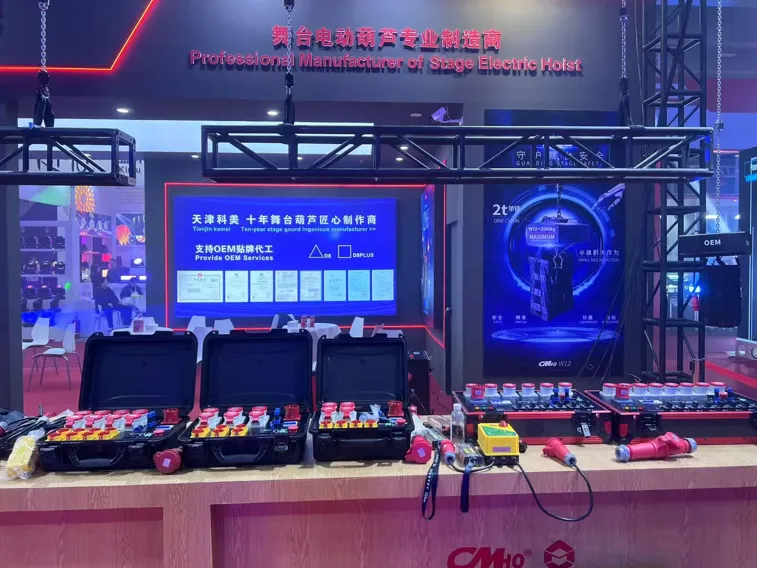
2025-02-28
创始人
0
The participation of Tianjin Kemei in the Guangzho...
Tianjin Kemei made a remarkable and eye-catching appearance at the Guangzhou (International) Performing Arts Equipment, Intelligent Acoustic, Optical and Electrical Products...
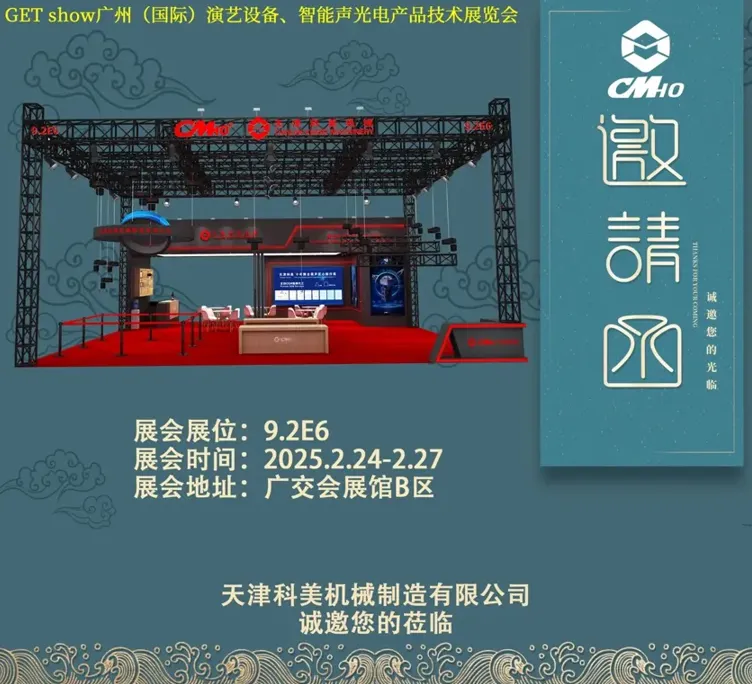
2025-02-27
创始人
0
Guangzhou (International) Performing Arts Equipmen...
In the era of the rapid development of stage lifting equipment and intelligent acousto - optic technology, every industry event serves as a crucial opportunity for innovatio...
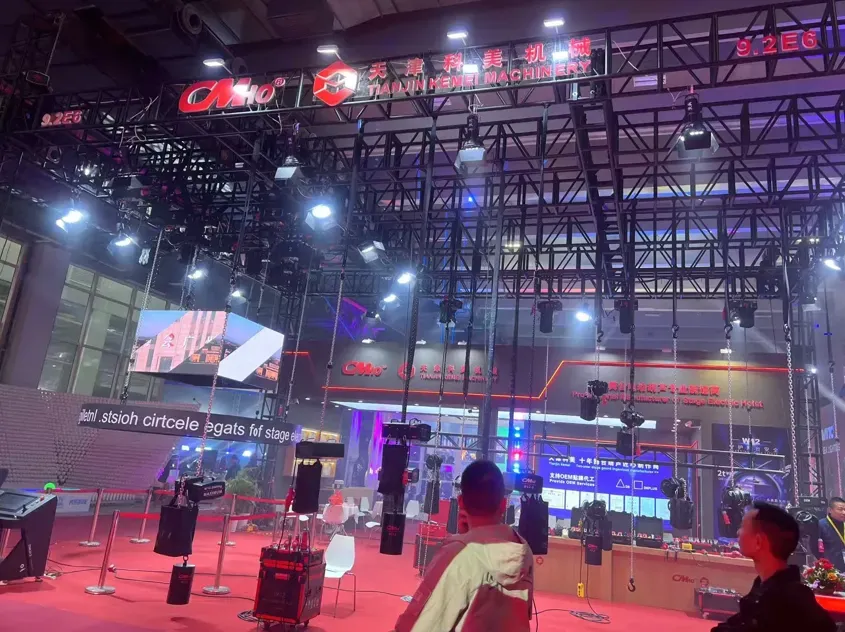
2025-02-27
创始人
0
GET show Guangzhou (International) Performing Arts...
Tianjin Kemei Machinery Manufacturing Co., Ltd. has been deeply engaged in the stage equipment manufacturing field for many years and has developed into a modern benchmark e...

